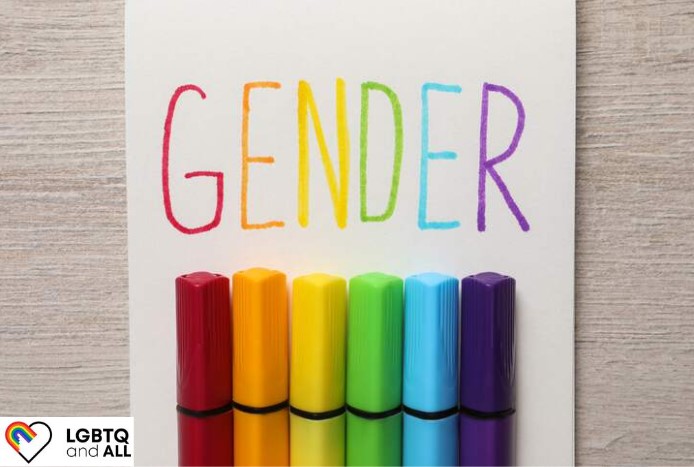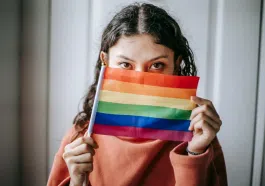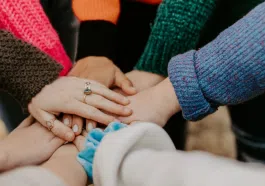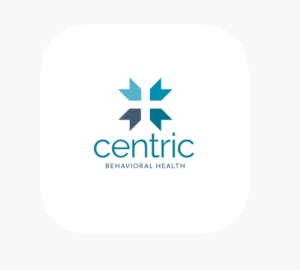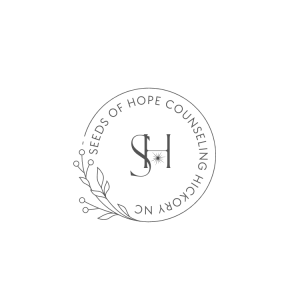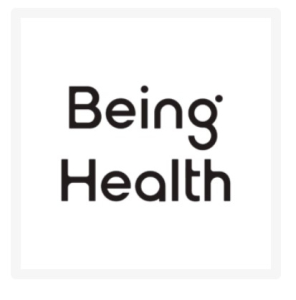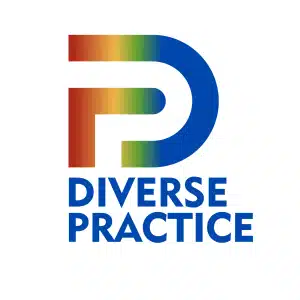We continue our blog series that focuses on understanding LGBTQ+ terminology. This time, we are discussing terms starting with G to L.
It is crucial to keep in mind that these definitions are not universal. By providing a more comprehensive but not totally exhaustive glossary of these terms, we hope it will make it easier for understanding LGBTQ+ terminology. It is important to ask someone what term they are using to describe their identity means. It is ultimately up to each individual to define themselves for themselves.
G
Gay
An individual who is sexually attracted to or romantically interested in people of the same gender or sex. It was traditionally reserved for men, but people of all genders have adopted it.
Gender affirming
An affirmation of someone’s gender identity or expression is achieved through actions, language, and medical care.
Gender affirming surgery (GAS)
Modifications to a person’s body that align with their gender identity. SRS or GCS are also known as sex reassignment surgery.
Gender binary
In this system, gender is divided into two strict categories: male and female. A person’s gender identity is expected to correspond with the sex assigned at birth, and gender expressions and roles are expected to be in accordance with traditional expectations.
Gender dysphoria
When a person’s assigned birth gender differs from their identifier gender, they experience clinically significant distress.
Gender expression
A person’s gender identity expressed through behaviors, clothing, body characteristics, or voice, and which may or may not conform to socially defined behaviors and characteristics.
Gender Outlaw
Someone who refuses to conform to conventional definitions of gender.
Gender role
Based on a person’s actual or perceived sex, societal norms determine what types of actions are generally acceptable, appropriate, or desirable.
Gender variant
A person whose characteristics differ from those expected of their assigned gender.
Gender-expansive
Person who identifies and/or expresses themselves in a more flexible manner than the binary gender system typically allows. A term often used when referring to young people exploring gender expression or gender identity for the first time.
Gender-fluid
People with varying gender identities, which may include male, female, or non-binary identities.
Genderqueer
The genderqueer community typically rejects static notions of gender identity and embraces a fluidity in their sexual orientation and gender identity. In terms of gender identity, “genderqueer” people can see themselves as both males and females, neither males nor females, or as being in between.
Grey (sexual and romantic)
A grey-A is an umbrella term that refers to people who experience attraction occasionally, rarely, or only under certain conditions. Additionally, people may use terms such as gay, bi, lesbian, straight, and queer in conjunction with gray to describe the direction of their romantic or sexual attraction.
H
Heteronormativity
Having an incorrect assumption that everyone is straight, or that being heterosexual is “normal”. Likewise, heteronormativity assumes people will conform to society’s expectations of sexual and romantic attraction. Cisnormativity and heteronormativity often combine to create societal expectations.
Homophobia
An aversion or discomfort toward people who are attracted to their own sex.
Homosexual/Homosexuality
An outdated term that describes a sexual orientation in which a person feels physically and emotionally attracted to people of the same gender. In the past, it has been used as a way to stigmatize gays and lesbians.
I
Internalized oppression
Many people who have learned negative ideas about their identities throughout their lives experience fear and self-hatred about one or more of their own identities. It is possible to internalize oppression by accepting myths and stereotypes about oppressed groups.
Intersectionality
Law professor Kimberlé Crenshaw coined the term in the 1980s to describe the interaction between multiple oppressive systems on people with multiple marginalized identities. By considering the relationships between multiple marginalized identities, intersectionality provides us with a better understanding of social problems, allows us to design more effective interventions, and promotes more inclusive advocacy.
Intersex
Individuals with biological characteristics of both sexes or those whose biological characteristics do not match the societal assumptions about males and females.
It is possible for an intersex person to identify as male, female or non-binary.
K
Kink (Kinky, Kinkiness)
It is most commonly known as unconventional sexual practices from which people derive different forms of pleasure and play out desires, fantasies, and scenes consensually. There are several forms of kink, including BDSM, leather, wax play, and others.
Kinsey scale
A scale developed by Alfred Kinsey in the 1940s for measuring sexual attraction and behavior. In Kinsey’s study, people were not assigned to two categories: heterosexual or homosexual, but to a spectrum ranging from 0 (exclusive heterosexuality) to 6 (exclusive homosexuality). Scales like this were developed in the early 1900s to recognize the diversity of sexual attractions and behaviors among individuals, thus challenging the binary of heterosexuals and homosexuals.
L
Lesbian
A woman who is emotionally, romantically or sexually attracted to another woman. Women, transgender women, non-binary, or other genderqueer identities may use this term.
LGBTQ+
LGBTQ+ is an acronym for lesbian, gay, bisexual, transgender, and queer, with a “+” sign to celebrate our community’s unlimited sexual orientations and gender identities.
Leather Community
The community includes those who enjoy leather, including leather uniforms and cowboy outfits, and often use it in sexual activities. As with sado-masochism, bondage, and dominance, leather is a fetish-based community. Even though leather communities are often associated with queer communities, they are not exclusively gay.
Understanding LGBTQ+ Terminology: Takeaway
When discussing the LGBTQ+ community, understanding LGBTQ+ terminology is more important than ever. It is not only words that are respectful, but actions as well. LGBTQ+ community members should be treated fairly without exception. We should all strive to create a welcoming environment for everyone.
You can find more LGBTQ+ content and news at the LGBTQ and ALL blog.

